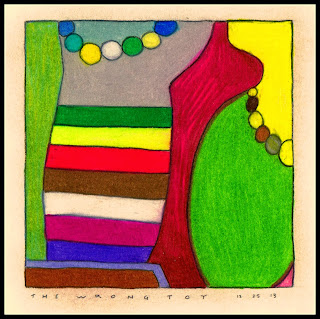Post Squares 12.27.13 ~ Chocolate Is Not Dying
According to a Washington Post investigation, hospice is
turning into something much different from its original concept.
When hospice began, the programs that helped terminally ill
patients and their families, were started and run by religious and community
organizations. Beginning in 1983, Medicare started paying for hospice care.
As more Americans turned to hospice, big business saw an
opportunity to make money. Today, for-profits dominate the industry.
Medicare pays about $150 a day, whether or not a patient receives
care. If the hospice doesn’t need to pay for a visit from a nurse or aide, it
pockets that daily allotment. The short-stay patient, one who is admitted in
the last days of life, is not as profitable to the hospice company as a patient
who lives for a longer time. That’s because upon first enrollment there are
costs for diagnostic procedures, the set up of equipment at home and,
typically, more visits as life is ending. The patient who is there for longer stretches
of time, when no care is needed, yields more profit for the hospice company.
Some hospice workers, after seeing patients being brought
into the system who were not dying, but being used to generate income for the
companies, have quit their jobs and are bringing allegations against their former
employers. They report being pressured to recruit people who they felt did not
belong in hospice care. One executive tells of being penalized for not meeting
a quota of enrollments, while another was given a massage chair for bringing in
the most hospice patients.
The large for-profit businesses under attack deny the
accusations and have lists of excuses and explanations for the remarkable
differences in their earnings compared to the non-profits.
Medicare does have a cap on how much they will pay the
hospices per patient. When this limited is reached, it is reported that the
companies “dump” the individual, citing reasons of ineligibility.
This was the case for Chocolate Blount, 91, the man featured
in this cover story. He was receiving in-home care by one of the big,
for-profit companies under question. After about a year the company told his
family he was “doing so good” he was no longer to be provided the hospice help
upon which they had come to depend.
This 4” square colored pencil drawing is taken from a detail
of Mr. Blount’s wheelchair. I didn’t color carefully in the lines, as I usually
do. I scribbled the color into the general area of each section, and scribbled
over the whole thing with a white pencil, making it look somewhat like a
weaving. It has been turned up-side-down from the way it was first drawn.






















